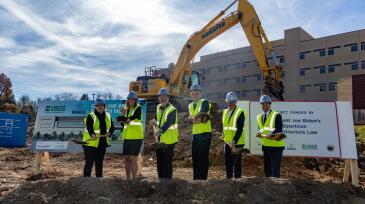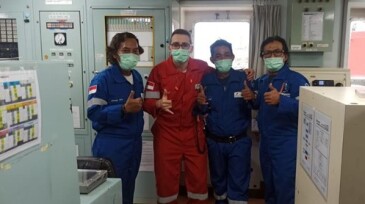Students/Education
EZOps will integrate its Mobile Oilfield Management platform into the college’s energy technology program, giving students hands-on experience with digital tools used in modern oilfield operations.
The software will enhance education and research across energy, geothermal, mining, and geotechnical engineering by giving students and faculty hands-on access to industry-standard tools used worldwide.
The event celebrated and united past and present members for learning, recognition, and a hands-on engineering competition that reinforced the chapter’s commitment to technical excellence and innovation.
-
Six universities across the US received grants from the Howard Hughes Medical Institute's Driving Change initiative to promote inclusivity in STEM fields at research universities.
-
This article highlights the development of petroleum engineering education at King Fahd University of Petroleum and Minerals.
-
The new facility will house more than 400 researchers from both institutions.
-
In this podcast, Glenda Smith and Terry Palisch discuss the importance of how to properly write a paper proposal.
-
The company recently signed memorandums of understanding with three Thailand-based universities to help promote academic research, professional development, and energy security.
-
The inaugural event features lectures from oil and gas professionals in seven countries.
-
Petex’s donation of their integrated petroleum modeling software will be available for students at WVU to use in undergraduate and graduate courses at the university.
-
Future talent was the topic of discussion at SPE's Offshore Europe Exhibition held in September.
-
Antero Resources' donation will help fund multiple programs including an online master’s degree and certificate program in midstream engineering, the first of its kind in the US.
-
This year marks 10 years since I took my first petroleum engineering class. I confess it deeply touched me, and I decided to share my personal journey to pass my top 10 lessons learned to students and YPs.













